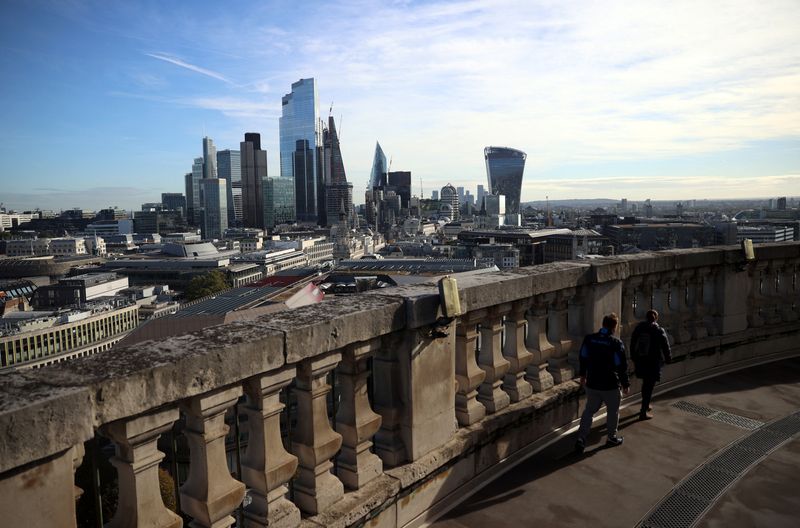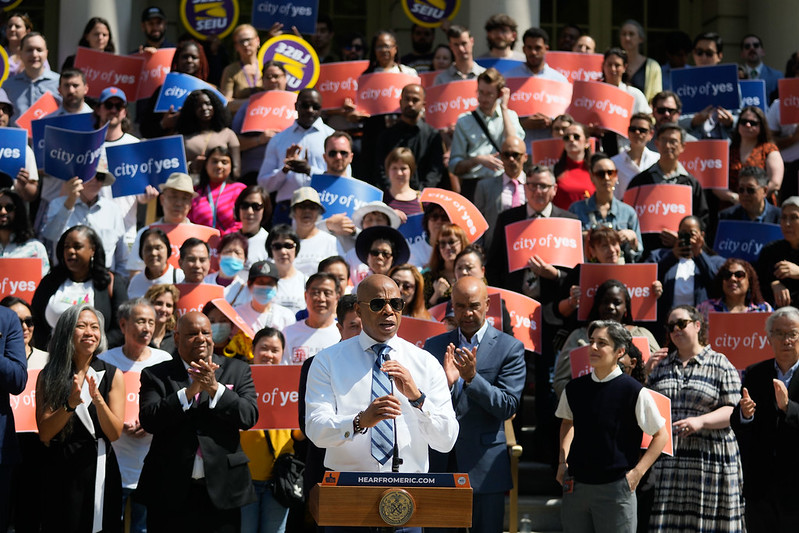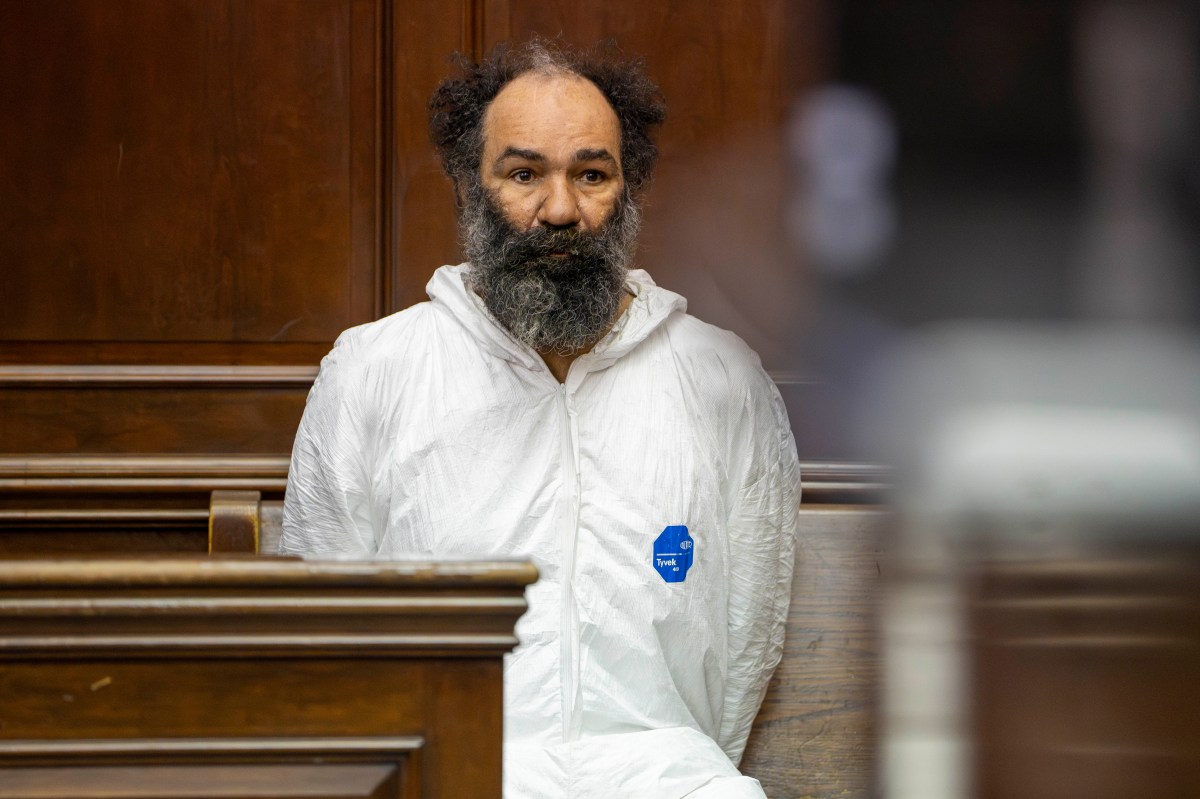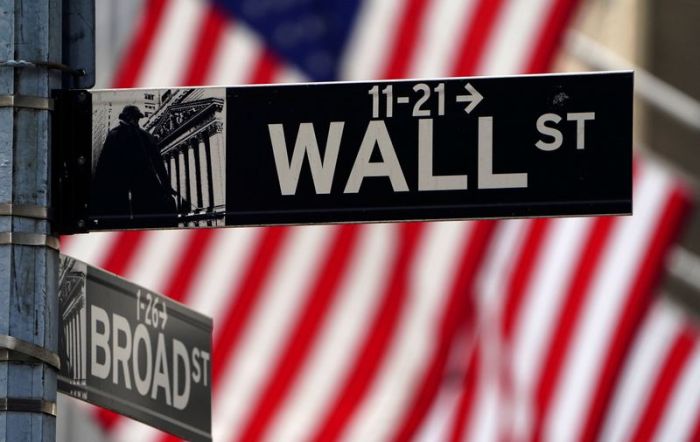LONDON (Reuters) – Britain’s economy barely grew in October, even before the emergence of the Omicron coronavirus variant, further denting expectations that the Bank of England (BoE) will raise interest rates next week for the first time since the pandemic struck.
Gross domestic product edged up by just 0.1%, slowing sharply from September’s 0.6% growth and much weaker than a forecast of 0.4% in a Reuters poll of economists.
The world’s fifth-biggest economy remained 0.5% smaller than it was just before Britain was first hit by COVID-19 in early 2020, the Office for National Statistics said.
“We’ve always acknowledged there could be bumps on our road to recovery,” finance minister Rishi Sunak said, adding that Britain’s economic support measures and vaccine programme would keep the recovery on track.
Over the three months to October, the economy grew by 0.9%, its slowest since a lockdown in early 2021, the ONS said.
“Hopes that either the health or economic pain of this crisis would be all over by Christmas have been dashed,” said James Smith, research director at the Resolution Foundation think-tank.
INFLATION
“The possibility that restrictions will need to be tightened, combined with high inflation and rising energy bills, means government should prepare for fresh targeted economic support that may be necessary in the months ahead.”
Sandra Horsfield at Investec sounded less concerned, saying the weakness was mostly caused by global supply chain problems rather than a slump in demand. “We would not regard it as a worrying signal for the outlook,” she said.
Sterling fell as investors bet that the BoE, seeking to balance inflationary pressures with Omicron uncertainty, will again hold interest rates steady next Thursday.
A BoE survey showed inflation expectations among the public for the coming year jumped in November but were little changed for the longer term, the bank’s main focus.
Economists cut their near-term growth forecasts after Friday’s data.
Allan Monks at JP Morgan predicted GDP would grow by 0.9% in the fourth quarter and in the first three months of 2022, down from his previous estimates of 1.3% and 1.0%, before bouncing back in the spring.
A strong rebound in Britain’s economy earlier this year – following a near-10% slump in 2020 due to the pandemic – ran into supply chain problems over the summer and is expected to lose more momentum because of new COVID-19 restrictions to slow the spread of the Omicron variant.
October’s meagre growth was supported by a continued rise in face-to-face appointments at doctors’ surgeries in England, which had fallen sharply during the pandemic, contributing to a 0.4% rise in output in Britain’s dominant services sector.
But industrial output fell 0.6% due to a drop in electricity and gas production and oil field maintenance.
The manufacturing sector flat-lined amid supply chain problems and staff shortages. Construction fell by the most since April 2020, down by 1.8% from September.
Separately, the ONS released trade data showing that Britain’s goods trade deficit narrowed to 13.9 billion pounds in October from 14.7 billion pounds in September.
($1 = 0.7570 pounds)
(Writing by William Schomberg and Andy Bruce; Editing by David Goodman and Gareth Jones)

























